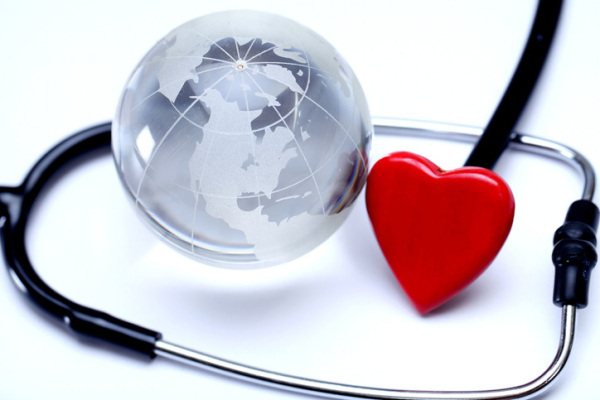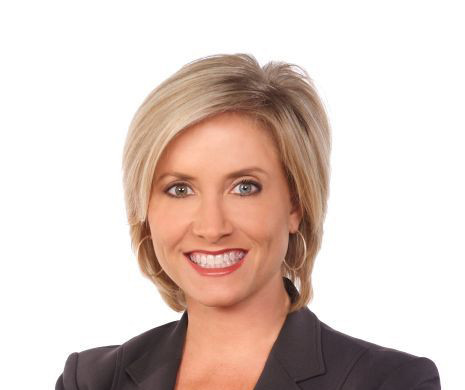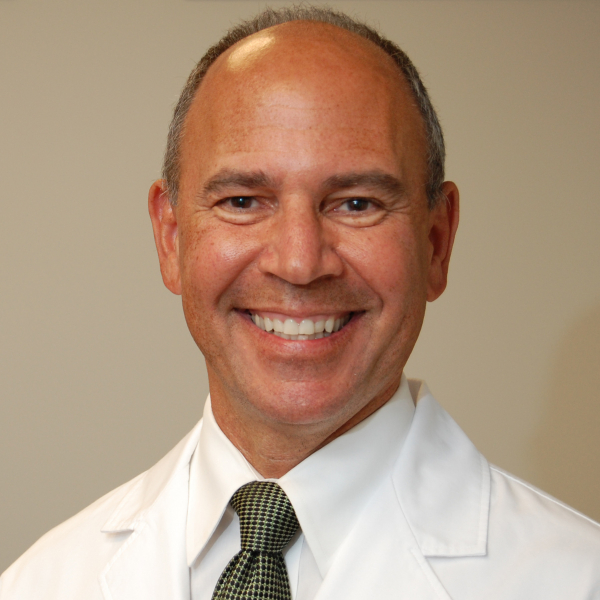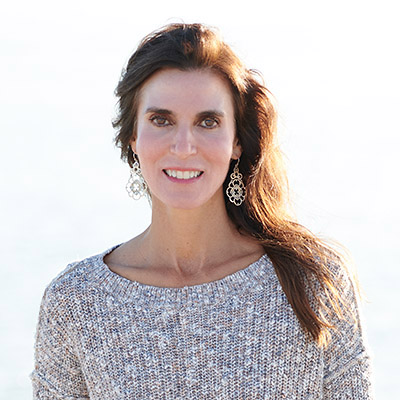
When you first learned the facts about pregnancy — from a parent, perhaps, or a friend — you probably didn’t learn that up to one in three ends in a miscarriage.
What causes miscarriage? How is it treated? And why is appropriate health care for miscarriage under scrutiny — and in some parts of the US, getting harder to find?
What is miscarriage?
Many people who come to us for care are excited and hopeful about building their families. It’s devastating when a hoped-for pregnancy ends early.
Miscarriage is a catch-all term for a pregnancy loss before 20 weeks, counting from the first day of the last menstrual period. Miscarriage happens in as many as one in three pregnancies, although the risk gradually decreases as pregnancy progresses. By 20 weeks, it occurs in fewer than one in 100 pregnancies.
What causes miscarriage?
Usually, there is no obvious or single cause for miscarriage. Some factors raise risk, such as:
- Pregnancy at older ages. Chromosome abnormalities are a common cause of pregnancy loss. As people age, this risk rises.
- Autoimmune disorders. While many pregnant people with autoimmune disorders like lupus or Sjogren’s syndrome have successful pregnancies, their risk for pregnancy loss is higher.
- Certain illnesses. Diabetes or thyroid disease, if poorly controlled, can raise risk.
- Certain conditions in the uterus. Uterine fibroids, polyps, or malformations may contribute to miscarriage.
- Previous miscarriages. Having a miscarriage slightly increases risk for miscarriage in the next pregnancy. For instance, if a pregnant person’s risk of miscarriage is one in 10, it may increase to 1.5 in 10 after their first miscarriage, and four in 10 after having three miscarriages.
- Certain medicines. A developing pregnancy may be harmed by certain medicines. It’s safest to plan pregnancy and receive pre-pregnancy counseling if you have a chronic illness or condition.
How is miscarriage diagnosed?
Before ultrasounds in early pregnancy became widely available, many miscarriages were diagnosed based on symptoms like bleeding and cramping. Now, people may be diagnosed with a miscarriage or early pregnancy loss on a routine ultrasound before they notice any symptoms.
How is miscarriage treated?
Being able to choose the next step in treatment may help emotionally. When there are no complications and the miscarriage occurs during the first trimester (up to 13 weeks of pregnancy), the options are:
Take no action. Passing blood and pregnancy tissue often occurs at home naturally, without need for medications or a procedure. Within a week, 25% to 50% will pass pregnancy tissue; more than 80% of those who experience bleeding as a sign of miscarriage will pass the pregnancy tissue within two weeks.
What to know: This can be a safe option for some people, but not all. For example, heavy bleeding would not be safe for a person who has anemia (lower than normal red blood cell counts).
Take medication. The most effective option uses two medicines: mifepristone is taken first, followed by misoprostol. Using only misoprostol is a less effective option. The two-step combination is 90% successful in helping the body pass pregnancy tissue; taking misoprostol alone is 70% to 80% successful in doing so.
What to know: Bleeding and cramping typically start a few hours after taking misoprostol. If bleeding does not start, or there is pregnancy tissue still left in the uterus, a surgical procedure may be necessary: this happens in about one in 10 people using both medicines and one in four people who use only misoprostol.
Use a procedure. During dilation and curettage (D&C), the cervix is dilated (widened) so that instruments can be inserted into the uterus to remove the pregnancy tissue. This procedure is nearly 99% successful.
What to know: If someone is having life-threatening bleeding or has signs of infection, this is the safest option. This procedure is typically done in an operating room or surgery center. In some instances, it is offered in a doctor’s office.
If you have a miscarriage during the second trimester of pregnancy (after 13 weeks), discuss the safest and best plan with your doctor. Generally, second trimester miscarriages will require a procedure and cannot be managed at home.
Red flags: When to ask for help during a miscarriage
During the first 13 weeks of pregnancy: Contact your health care provider or go to the emergency department immediately if you experience
- heavy bleeding combined with dizziness, lightheadedness, or feeling faint
- fever above 100.4° F
- severe abdominal pain not relieved by over-the-counter pain medicine, such as acetaminophen (Tylenol) or ibuprofen (Motrin, Advil). Please note: ibuprofen is not recommended during pregnancy, but is safe to take if a miscarriage has been diagnosed.
After 13 weeks of pregnancy: Contact your health care provider or go to the emergency department immediately if you experience
- any symptoms listed above
- leakage of fluid (possibly your water may have broken)
- severe abdominal or back pain (similar to contractions).
How is care for miscarriages changing?
Unfortunately, political interference has had significant impact on safe, effective miscarriage care:
- Some states have banned a procedure used to treat second trimester miscarriage. Called dilation and evacuation (D&E), this removes pregnancy tissue through the cervix without making any incisions. A D&E can be lifesaving in instances when heavy bleeding or infection is complicating a miscarriage.
- Federal and state lawsuits, or laws banning or seeking to ban mifepristone for abortion care, directly limit access to a safe, effective drug approved for miscarriage care. This could affect miscarriage care nationwide.
- Many laws and lawsuits that interfere with miscarriage care offer an exception to save the life of a pregnant patient. However, miscarriage complications may develop unexpectedly and worsen quickly, making it hard to ensure that people will receive prompt care in life-threatening situations.
- States that ban or restrict abortion are less likely to have doctors trained to perform a full range of miscarriage care procedures. What’s more, clinicians in training, such as resident physicians and medical students, may never learn how to perform a potentially lifesaving procedure.
Ultimately, legislation or court rulings that ban or restrict abortion care will decrease the ability of doctors and nurses to provide the highest quality miscarriage care. We can help by asking our lawmakers not to pass laws that prevent people from being able to get reproductive health care, such as restricting medications and procedures for abortion and miscarriage care.
About the Authors
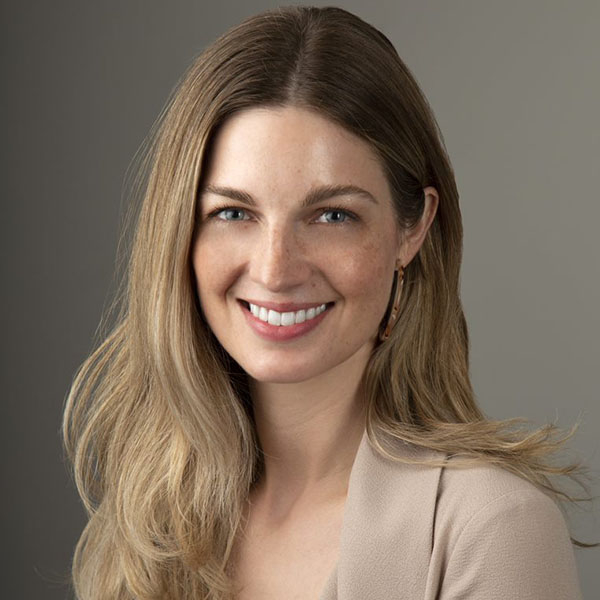
Sara Neill, MD, MPH, Contributor
Dr. Sara Neill is a physician-researcher in the department of obstetrics & gynecology at Beth Israel Deaconess Medical Center and Harvard Medical School. She completed a fellowship in complex family planning at Brigham and Women's Hospital, and … See Full Bio View all posts by Sara Neill, MD, MPH 
Scott Shainker, DO, MS, Contributor
Scott Shainker, D.O, M.S., is a maternal-fetal medicine specialist in the Department of Obstetrics and Gynecology at Beth Israel Deaconess Medical Center (BIDMC). He is also a member of the faculty in the Department of Obstetrics, … See Full Bio View all posts by Scott Shainker, DO, MS

